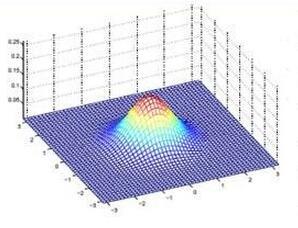Using instruments comprising ordered responses to items are ubiquitous for studying many constructs of interest. However, using such an item response format may lead to items with response categories infrequently endorsed or unendorsed completely. In maximum likelihood estimation, this results in non-existing estimates for thresholds. This work focuses on a Bayesian estimation approach to counter this issue. The issue changes from the existence of an estimate to how to effectively construct threshold priors. The proposed prior specification reconceptualizes the threshold prior as prior on the probability of each response category. A metric that is easier to manipulate while maintaining the necessary ordering constraints on the thresholds. The resulting induced-prior is more communicable, and we demonstrate comparable statistical efficiency that existing threshold priors. Evidence is provided using a simulated data set, a Monte Carlo simulation study, and an example multi-group item-factor model analysis. All analyses demonstrate how at least a relatively informative threshold prior is necessary to avoid inefficient posterior sampling and increase confidence in the coverage rates of posterior credible intervals.
翻译:暂无翻译



